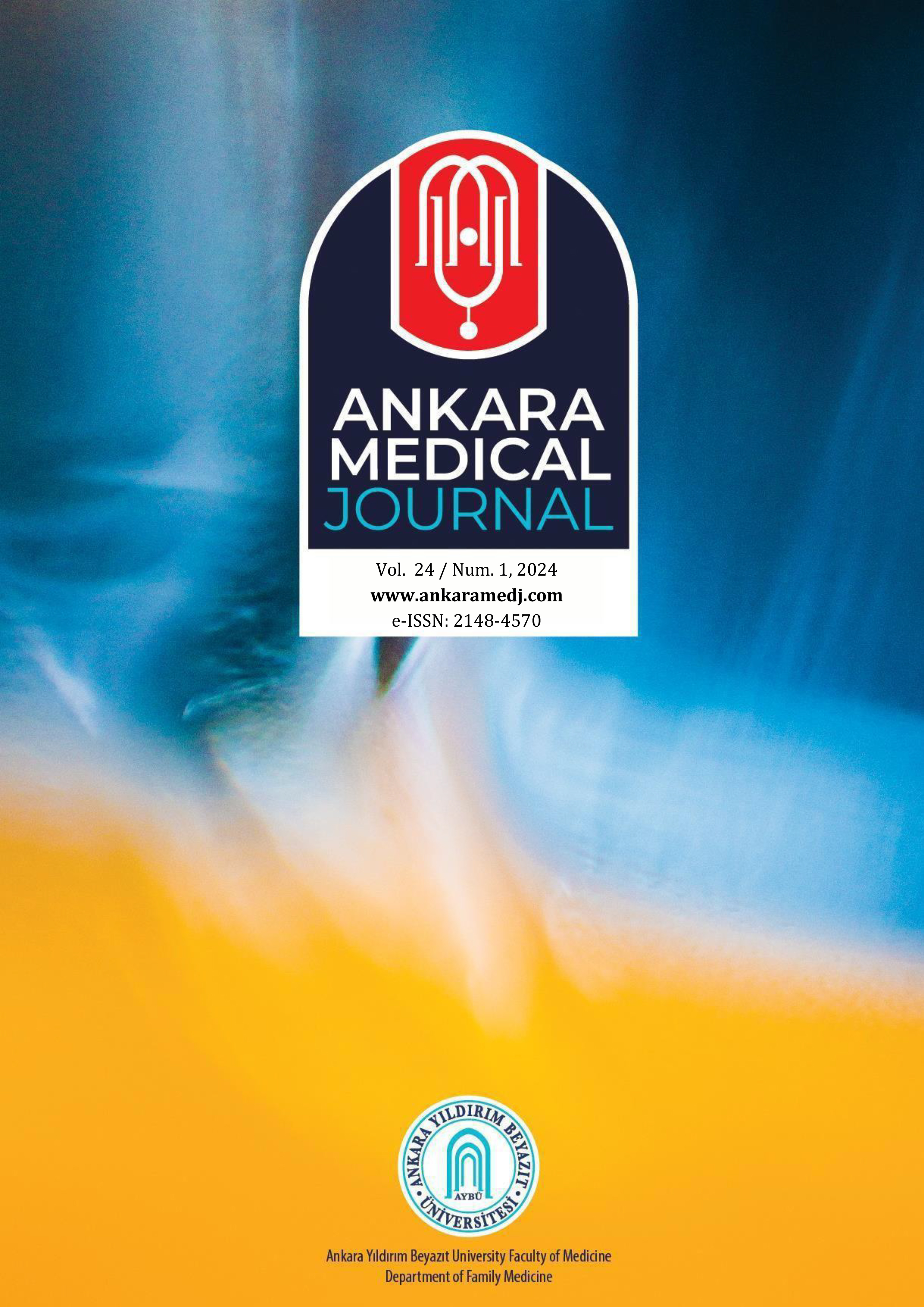Are Pituitary Functions Different in Obese Patients According to Body Mass Index Classes?
Neslihan Çuhacı SeyrekDepartment of Endocrinology and Metabolism, Ankara Yildirim Beyazit University, Faculty of Medicine, Ankara, TurkeyINTRODUCTION: In this study, we aimed to evaluate whether there is a difference in the pituitary functions in obese patients according to the different body mass index (BMI) classes
METHODS: We retrospectively evaluated 192 patients with obesity. According to the obesity degree, patients were divided into class I (BMI;30.0-34.9 kg/m2), class II (BMI; 35.0-39.9 kg/m2) or class III (BMI; ≥40 kg/m2) obesity. The demographic data of the patients (sex, age), thyroid function tests, estrogen (E2), follicle-stimulating hormone (FSH), luteinizing hormone (LH), growth hormone (GH), insulin-like growth factor-I (IGF-I), total and free testosterone, cortisol, adrenocorticotrophic hormone (ACTH) levels were measured. Also, 24-hour urine-free cortisol levels and a 1 mg dexamethasone suppression test were performed.
RESULTS: Total of the 192 patients, 44 (22.92%) were male, 148 (77.08%) were female. According to BMI classes, 12 (6.25%) patients were in class I, 38 (19.79%) patients were in class II and 142 (73.96%) patients were in class III obesity. No significant difference was found between the groups in hormonal parameters except the IGF-I level. 1 mg dexamethasone suppression test was suppressed in all patients.
DISCUSSION AND CONCLUSION: In our study, we found that there was no difference in pituitary functions according to obesity classes, except for the IGF-I level. Further studies are needed to investigate these functions in different classes of obesity.
Corresponding Author: Neslihan Çuhacı Seyrek, Türkiye
Manuscript Language: English
(304 downloaded)





